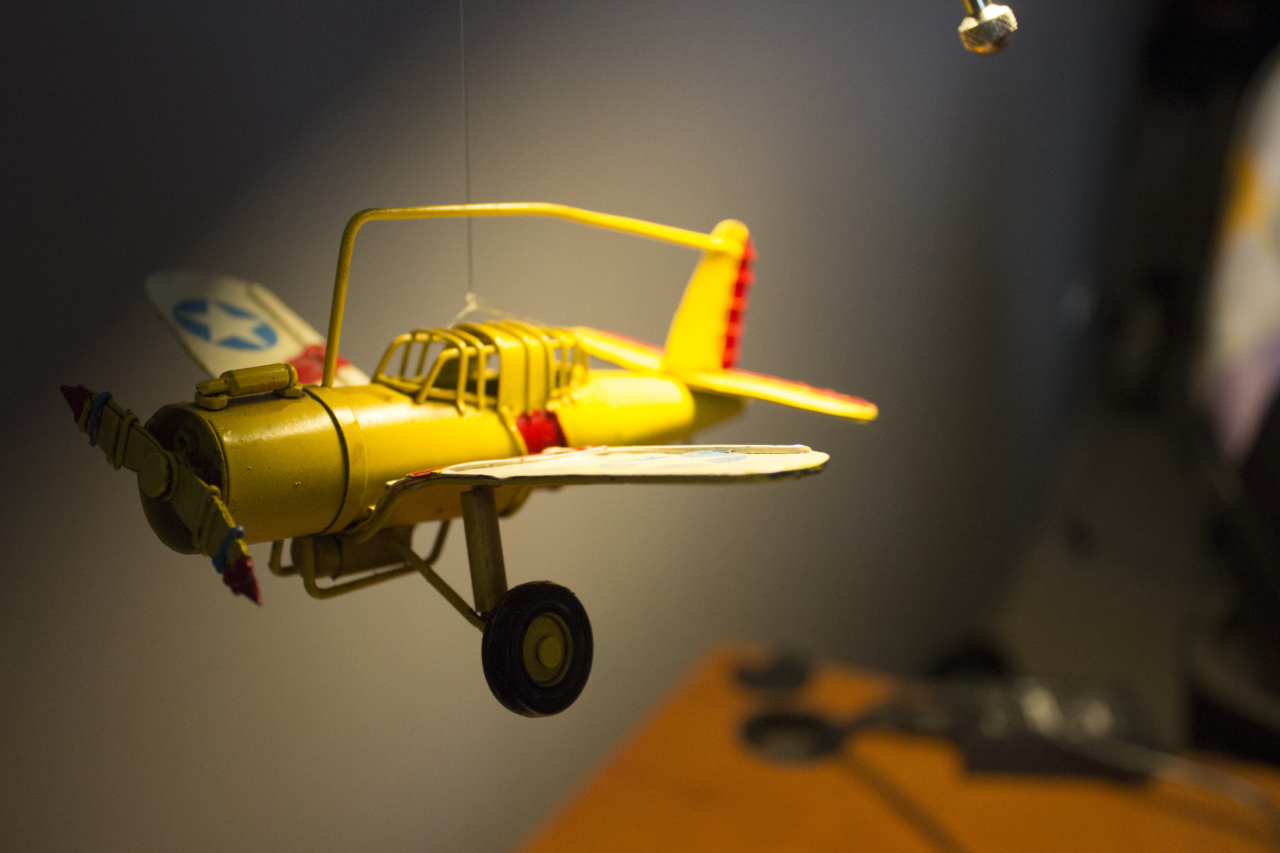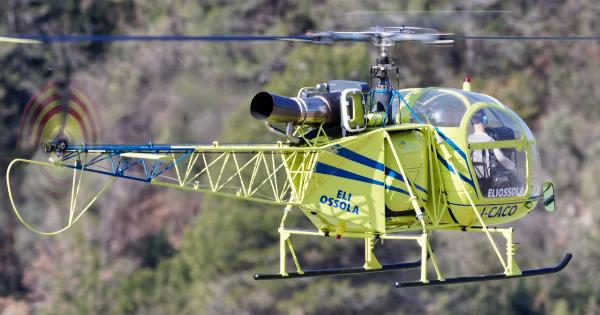When it comes to saving lives during emergencies, every second counts. Helicopter technology has come a long way in helping emergency services reach people in need quickly and efficiently.
In this article, we will discuss some of the life-saving helicopter technologies that are currently being used around the world.
1. Night Vision Goggles
One of the biggest advantages of night vision goggles is that they allow pilots to fly in low visibility conditions, which can be especially important during rescue missions.
With night vision goggles, pilots can see the terrain and obstacles that they are flying near or over, even in complete darkness. This enables them to safely navigate through tricky terrain or to locate and rescue people who may be in remote areas.
2. Air Ambulance Equipment
Helicopters are commonly used to transport people who are critically ill or injured to hospitals. These helicopters are equipped with advanced medical equipment, such as ventilators, defibrillators, and monitors.
This equipment enables medical personnel to provide life-saving care to patients during the flight. In some cases, helicopters are equipped with specialized equipment, such as ECMO (extracorporeal membrane oxygenation) machines, which can provide artificial heart and lung support to severely ill patients.
3. Search and Rescue Technology
During rescue missions, helicopters are often used to locate missing or injured people. Helicopters can fly low and slow, allowing search teams to look for people on the ground.
They can also use thermal imaging cameras to detect body heat, which can be especially helpful when searching for people at night or in cold weather. In some cases, helicopters can be equipped with hoists and winches, which can be used to airlift people to safety in difficult terrain, such as mountains or deep forests.
4. GPS Navigation Technology
GPS navigation technology is a crucial tool for helicopter pilots. This technology allows pilots to plan the most efficient route to their destination, and to navigate through difficult terrain.
GPS systems can also be used to provide real-time weather information, which can help pilots avoid dangerous weather conditions. During rescue missions, GPS technology can be used to locate and track rescue teams and to ensure that all team members are safely accounted for.
5. Night Landing Technology
Helicopters are often used to transport critically ill or injured patients to hospitals at night. This can be a challenging task, as landing in low visibility conditions can be dangerous.
Night landing technology, such as infrared cameras and landing lights, can help pilots land safely in the dark. By using these technologies, pilots can see the landing zone and surrounding terrain clearly, even in low visibility conditions.
6. Communication Systems
During rescue missions, communication is key. Helicopters are typically equipped with advanced communication systems, such as radios and satellite phones.
These systems allow pilots to communicate with rescue teams on the ground and with medical personnel in the hospital. This communication can be crucial for coordinating rescue efforts and ensuring that patients receive the care that they need as quickly as possible.
7. Anti-Icing Technology
Flying in cold weather conditions can be challenging for helicopters. Ice can form on the rotor blades, which can reduce lift and increase the risk of a crash.
Anti-icing technology, such as heating elements and de-icing fluid, can help prevent ice from forming on the blades. This technology is especially important for helicopters that are used in cold climates or for missions that require flying at high altitudes.
8. Unmanned Aerial Vehicles
Unmanned aerial vehicles (UAVs), also known as drones, are increasingly being used in rescue missions. UAVs can be used to search for missing or injured people in remote areas, or to transport medical supplies to disaster zones.
UAVs can also be equipped with cameras and sensors that can detect hazards, such as gas leaks or collapsed buildings, that might be dangerous for rescue teams to approach. By using UAVs, emergency services can reach people in need more quickly and more safely than ever before.
9. In-Flight Refueling
During long-range missions, such as military operations or remote rescue missions, helicopters may need to be refueled in flight. In-flight refueling technology allows helicopters to be refueled by other aircraft while still in flight.
This technology is crucial for missions that require helicopters to travel long distances or to remain in the air for extended periods of time.
10. Rotor Blade Design
Rotor blade design is an important factor in helicopter safety and efficiency.
Advances in rotor blade design, such as composite materials and aerodynamic enhancements, have led to improved helicopter performance in terms of speed, range, and maneuverability. These advancements also make helicopters safer, as they are less likely to suffer from rotor blade fatigue or other mechanical failures.
Conclusion
Helicopter technology is constantly evolving, and new innovations are being developed all the time.
From night vision goggles to UAVs, these technologies are helping emergency services reach people in need more quickly, more safely, and more efficiently than ever before.































